Over the 71-year history of Miss Universe, this marks the very first participation of a plus-sized contestant. The 22-year-old Miss Nepal has etched her name in history by confidently showcasing her stunning physique. While many people rallied behind her, praising her beauty, a significant portion of the global audience also levied criticism. She candidly addressed these comments, shedding light on her experiences.
She glowed with confidence.
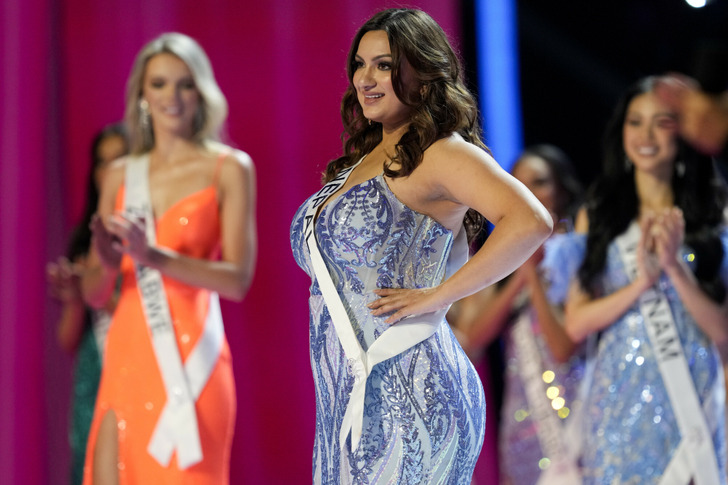
Moises Castillo/Associated Press/East News
Jane Dipika Garrett expressed her pleasant surprise at the extent of her progress in the competition that took place in November 2023. Having harbored dreams of becoming a model, she confronted past struggles with low self-esteem. The overwhelmingly positive response she received during the competition served as a validating experience, and solidified her newfound confidence in embracing her own identity.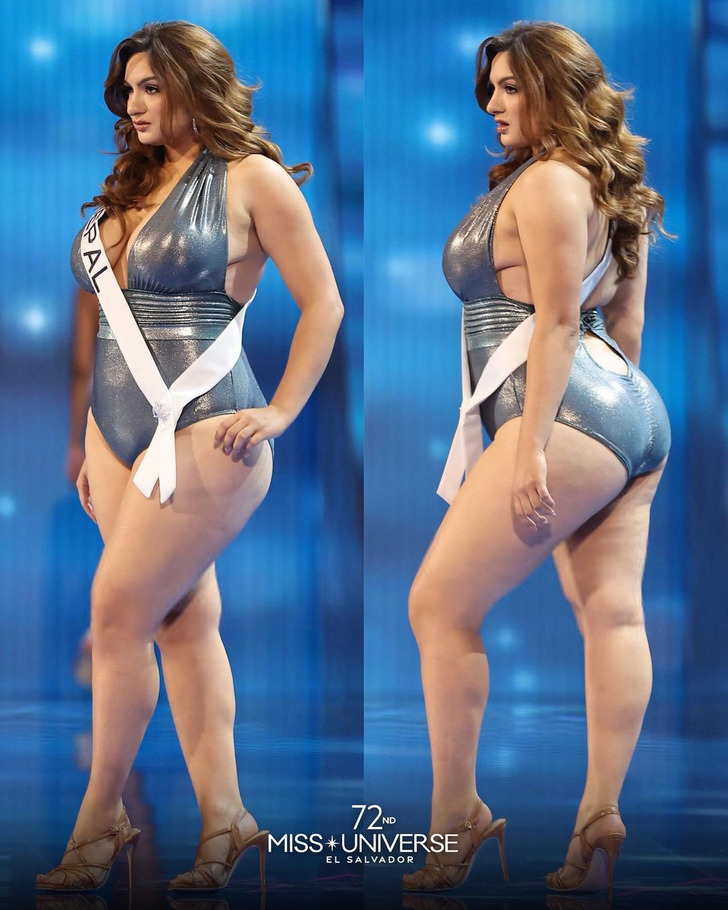
© international_poll / Instagram
Garrett noted that she “did not expect to get that much applause on the stage.” She went on to explain that she “wasn’t expecting anything” and was only participating to represent her country and “to represent women all over the world.”
Opinions were divided.
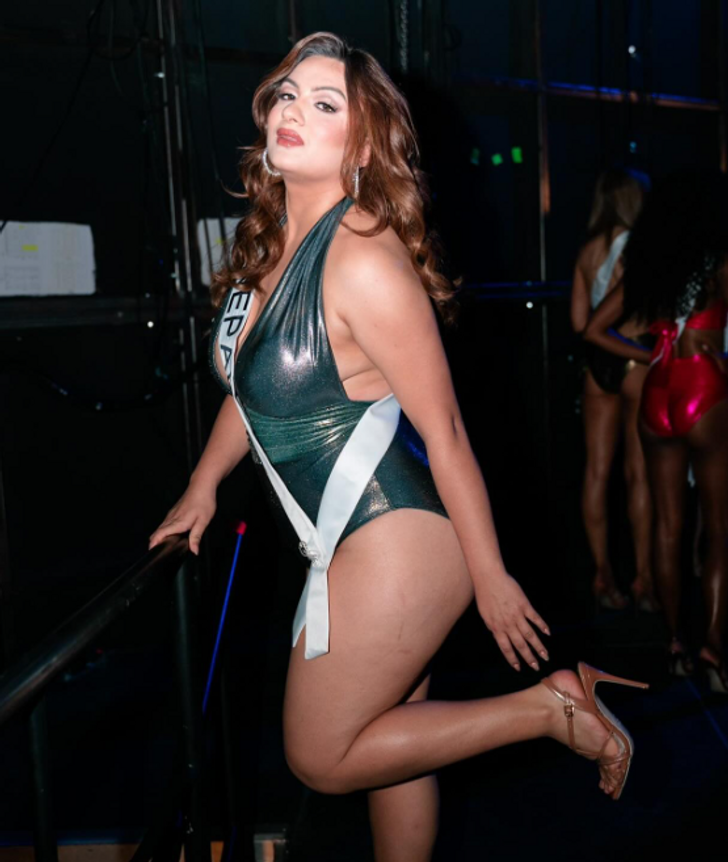
Despite being praised by many around the world for her gorgeous looks, the 22-year-old said that she had also faced harsh criticism from many people. She admitted that some incoming messages were less than positive, reaching the point of being described as “cruel.”
Jane revealed, “I see things like, ’Oh, she’s a whale,’ or ’Why don’t you go to the gym?’ And things like that.” She continued, “It’s like they don’t even know my story. They don’t even know what I’m going through.”
She’s not letting her struggles stop her dreams.
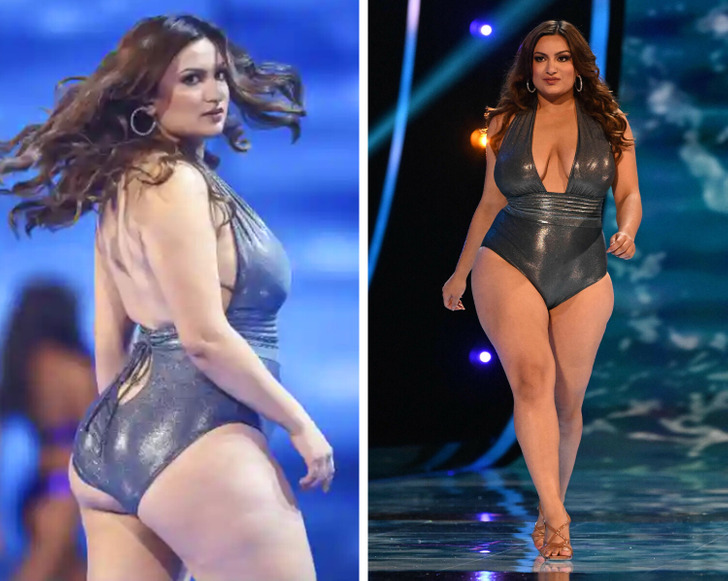
© Miss Universe / YouTube, MARVIN RECINOS/AFP/East News
The beauty contestant clarified that she grapples with a condition known as polycystic ovarian syndrome (PCOS). This medical condition involves the overproduction of androgens by the ovaries, surpassing the typical levels found in women. PCOS manifests with various effects, including weight gain, menstrual irregularities, acne, and excess hair growth.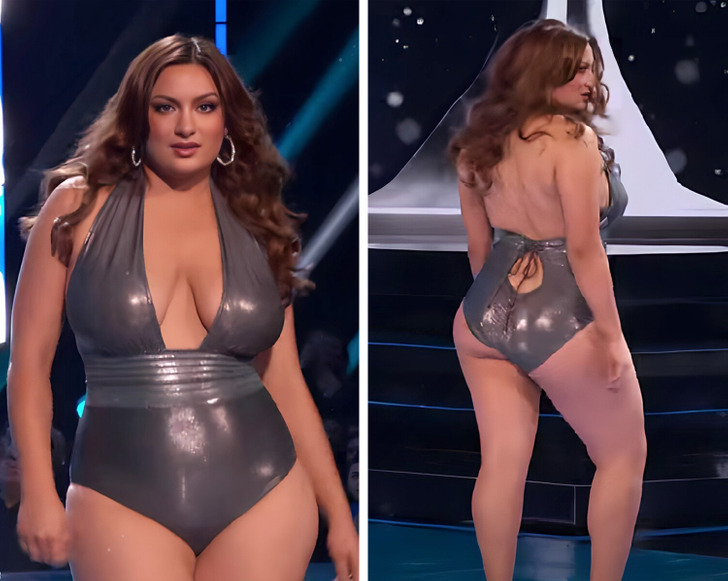
© Miss Universe / YouTube, © Miss Universe / YouTube
She noted that recently she had gained a lot of weight due to her condition, stating, ’’that’s also really taken a toll on my mental health and my self-esteem because I thought that I wasn’t good enough or that I wasn’t beautiful enough.’’
Nevertheless, Garrett underwent a journey of cultivating a positive mindset and finding comfort in her own skin. Observing her radiant confidence on stage, it’s evident that she has successfully achieved this self-acceptance journey.
We concur that Miss Nepal looks absolutely stunning, and we consider it a significant stride for the Miss Universe competition to embrace and celebrate the beauty and diversity of women’s bodies in all shapes and sizes. To delve further into the realm of Miss Universe and discover how previous winners are looking today, we invite you to explore this article.
Chris Hemsworth’s Wife Slammed for Wearing ‘Pajamas’ to Star-Studded Event!
When Chris Hemsworth, the Australian heartthrob known for playing Thor, received his star on the Hollywood Walk of Fame, his wife Elsa Pataky was in the spotlight for the wrong reasons.
As Chris celebrated his big day on the red carpet, Pataky faced criticism from fashion fans online for her outfit.
Find out why people were so upset about Pataky’s fashion choice!
On May 23, Chris Hemsworth received his star at 6819 Hollywood Boulevard, joining 2,780 other stars on the Walk of Fame. He was honored for his impressive performances that have captured audiences worldwide.
Chris Hemsworth, 40, shared his thanks on Instagram after receiving his star on the Hollywood Walk of Fame. He posted several photos from the event and wrote, “This was wild and surreal! Huge thanks to the Hollywood Chamber of Commerce and the Walk of Fame selection committee for this honor. Also, a big shoutout to everyone who has helped and supported me on this amazing journey!”
His role as Thor in the Marvel Cinematic Universe has won him many fans around the world.
Chris Hemsworth’s Walk of Fame event was filled with family and friends. Among the photos he shared, you can see him with Robert Downey Jr., his proud parents, his wife Elsa Pataky, and their 12-year-old daughter India Rose, who was a bit shy in front of the camera.
Their twin boys, Sasha and Tristan, also joined in the celebration. One of them held Chris’s framed certificate, while the other sat by the new star with his dad’s name on it.
After the event, Elsa Pataky posted some family photos on Instagram and wrote, “We are so proud of you, my love… Congratulations on the Hollywood Walk of Fame Star.”
Fans loved the family photos and many admired the children for their great looks. However, some people focused on Elsa Pataky’s outfit.
Chris Hemsworth looked sharp in his navy suit and unbuttoned white shirt. But Elsa’s off-white gown with black lace received criticism. Some fans thought her style choices didn’t do justice to her beautiful figure and called her outfit tacky.

Some fans criticized Elsa Pataky’s outfit, comparing it to pajamas and commenting on her unbraided top. They felt it looked casual and not classy for the event. Others joked that she looked like she was rushed out of bed.
However, not everyone agreed. Some fans thought she looked stunning and didn’t see her outfit as lingerie or inappropriate.

Some fans praised Elsa Pataky’s look, calling her absolutely gorgeous and youthful. Others admired the couple’s relationship, saying it’s an ideal example of a perfect family.
The Hollywood Walk of Fame honors celebrities for their achievements, and Australian and New Zealand actors like Nicole Kidman, Russell Crowe, and Cate Blanchett have received this honor too.
What do you think of Elsa Pataky’s outfit? Share your thoughts and spread the story to see what others think!


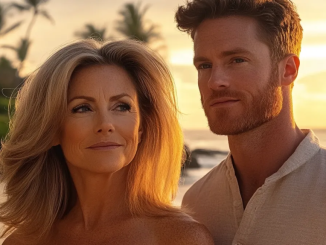
Leave a Reply